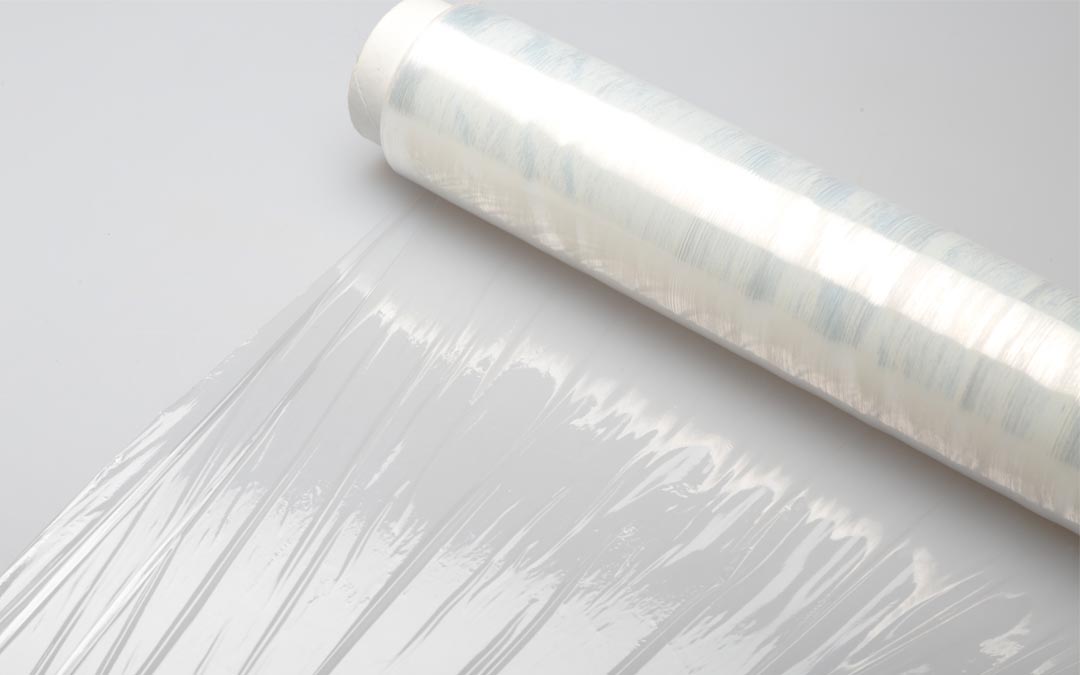When you’re looking to protect pallets and grouped shipments, your first thought’s likely: I should use stretch wrap. Then you have a second thought: maybe I should use shrink wrap instead. And then comes a third thought: what’s the difference between the two? I’m so confused, I think I should go get a coffee. Or maybe (probably), that’s just me the first time I came across the whole stretch vs shrink wrap dilemma.
Despite being used for different reasons, stretch and shrink wrap can be easily confused. It’s important to know which one your business and its projects need, otherwise you’ll risk damaging your shipments and wasting part of your packaging budget. Here’s a good rundown of stretch vs shrink wrap. But still, go get that coffee.
Stretch vs Shrink Wrap: Stretch Wrapping
Stretch wrap is a plastic film that’s used to secure a load of products, usually on a pallet. Its high-elasticity allows it to hold things tightly and securely, so they won’t move during shipping or storage. Essentially, it wants to return to its unstretched state, which is what provides such excellent protective tension. Most commonly made from polyethylene plastic, it protects against dust, dirt, and is highly resistant to punctures and tears.
There are 2 formats of stretch wrap packaging, each with a different mode of application:
- Hand wrap is applied by hand or a manually-powered applicator. It’s best used for smaller loads or in low-volume warehouses. It stretches roughly 25-100% longer when pulled tightly.
- Machine wrap is applied by a powered machine arm, as a pallet spins on a turntable platform. It’s best used for large loads and in high-volume warehouses. It can be stretched roughly 150-300% longer than its original length.
There are also specialty wraps, which have a multitude of uses:
- UV for preventing exposure to the sun’s rays
- Vented for helping to prevent moisture build-up
- Anti-static for preventing damage to electronics
- Coloured for privacy, organizing and even branding
Stretch vs Shrink Wrap: Shrink Wrapping
Shrink wrap is a plastic film that’s also used to secure loads, but its application is handled differently. Wrapped loosely around something, the film is exposed to high heat and begins to shrink and tighten around a product. This not only seals the product or pallet against dirt and dust, but helps stability during shipping and storage. Most commonly made from polyolefin plastic, shrink wrap is quite durable once treated, becoming resistant to tearing and effective against contamination. It must be heated to 300 F to be properly applied.
There are other interesting uses for shrink wrap packaging:
- Preserving food and beverages for shipping
- Protecting retail products while on shelves
- Sheltering boats and patio furniture from weather
There are several ways businesses can activate shrink wrap:
- Heat Guns are hand-held tools to quickly shrink small pallets
- Heat Tunnels are large units mounted over or around conveyor belts
- Heat Ovens are large ovens built on-site for activating multiple pallets
Stretch vs Shrink Wrap: Which do I choose?
Determine your operation’s needs by asking yourself a few questions:
- What kind of products are you packing?
- Will they be exposed to potential contamination?
- Are they shipping in primary packaging?
- Are they shipping in secondary packaging?
- Are you shipping products alone or on a skid?
Using the answers to those questions, along with your newfound knowledge of stretch vs shrink wrap, we know you’ll make the right decision. For all your stretch wrap, shrink wrap and e-commerce packaging supplies, stick with your e-commerce partner, The Packaging Company.




